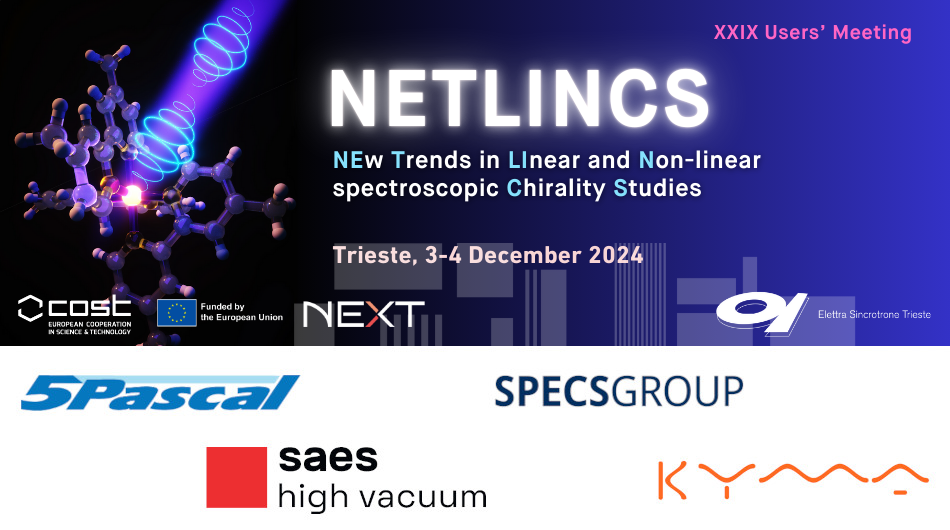Speaker
Description
We present here our recent work on the development of ab initio time-domain methods for studying the contribution of inner molecular orbitals to the HHG spectrum [1] of aligned or non-aligned molecules [2-4]. First, we show how, in the presence of a linearly polarised pulse, the selection rules for harmonic generation can be different depending on the molecular orbital considered: an example is given by ammonia [5], with a specific pulse polarisation. As a second house, we show how to modulate the selection rules in molecules such as methane and fluoromethane [6], interacting with two-colour bicircular (BCR) fields, by changing the relative orientation and geometry of the spectroscopic target. In conclusion, results on HHG spectra of a chiral molecule, such as methyloxirane, with BCR pulses [6] are shown and discussed. The work on BCR fields is in collaboration with Vozzi's experimental group.
[1] M. Lewenstein, P. Balcou, P., M. Y. Ivanov, A. L’Huillier, and P. B. Corkum, Phys. Rev. A 49, 2117 (1994);
[2] E. Luppi and E. Coccia, J. Phys. Chem. A, 127, 7335 (2023)
[3] C. Morassut, A. Ravndran, A. Ciavardini, E. Luppi, G. De Ninno and E. Coccia, J. Phys. Chem. A, 128, 2015 (2024)
[4] M. Marchetta, C. Morassut, J. Toulouse, E. Coccia and E. Luppi, accepted.
[5] M. Marchetta, E. Luppi and E. Coccia, submitted.
[6] In preparation.

